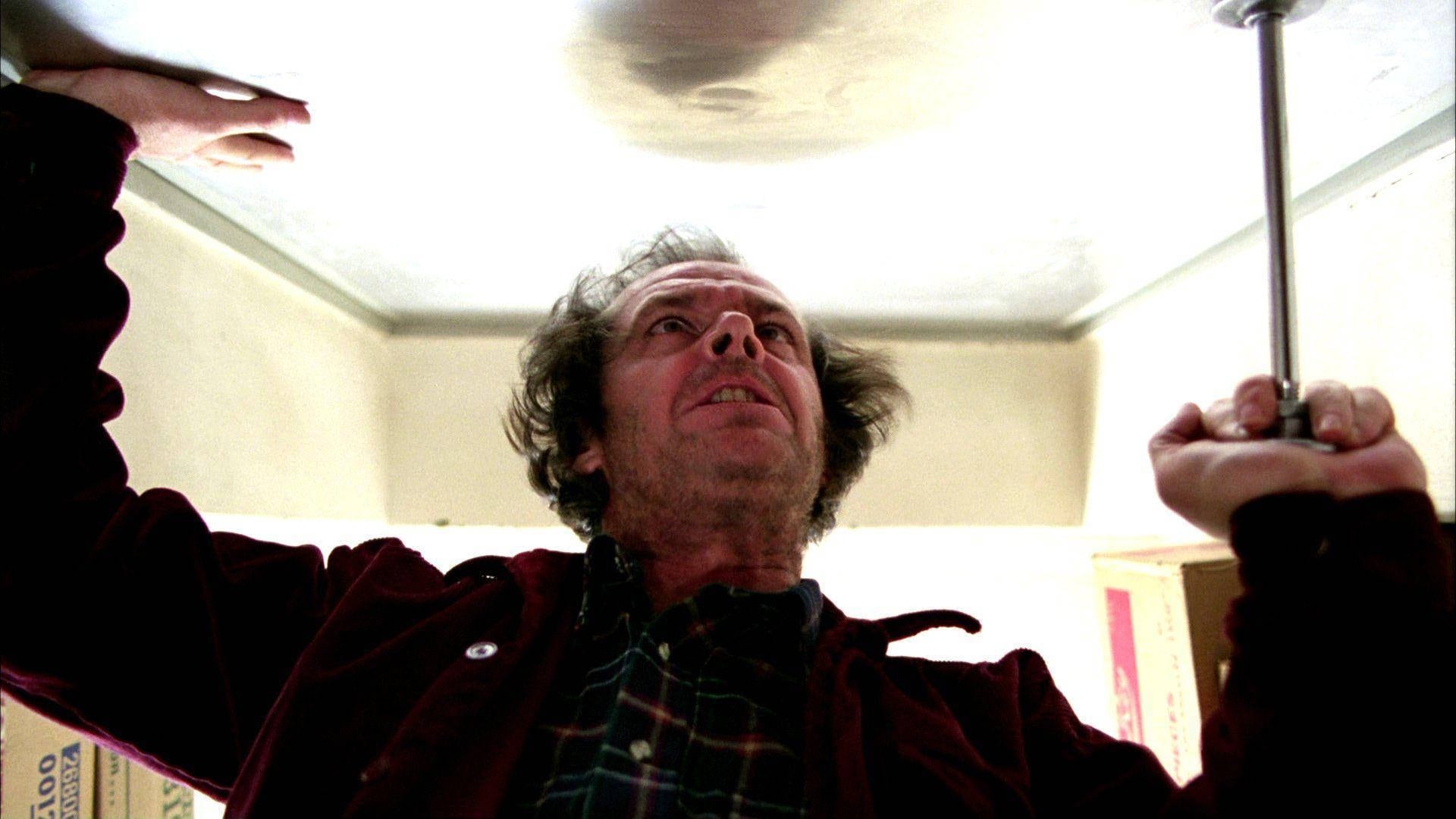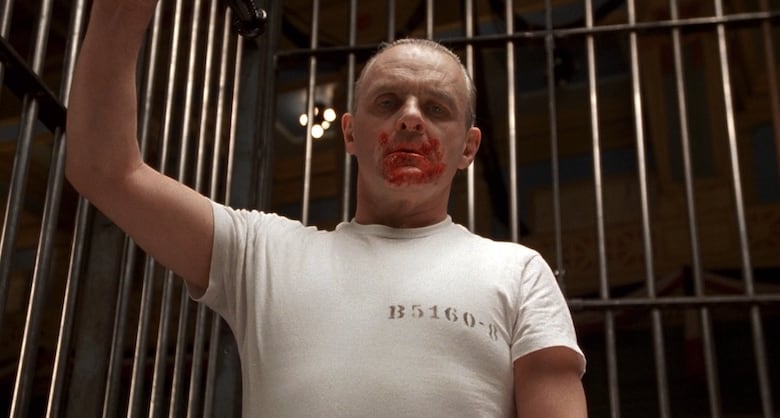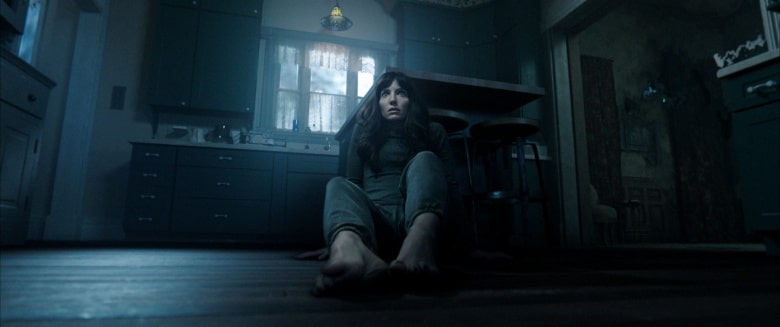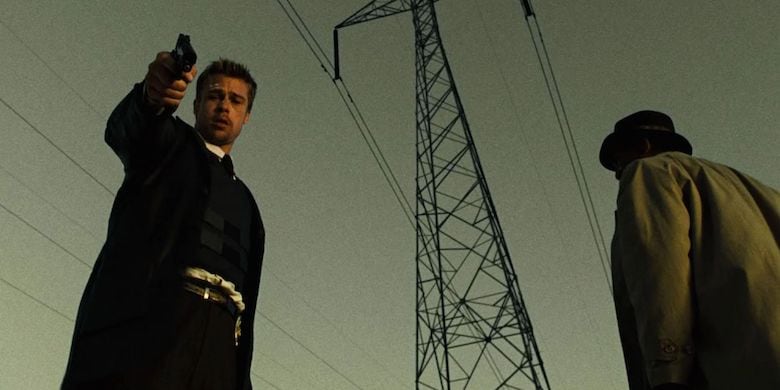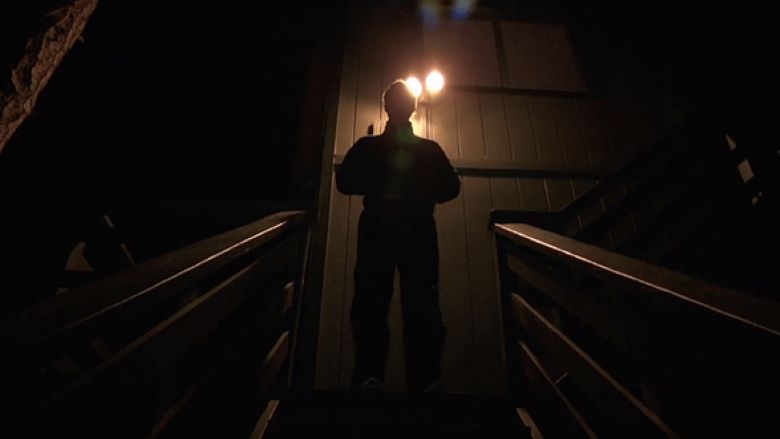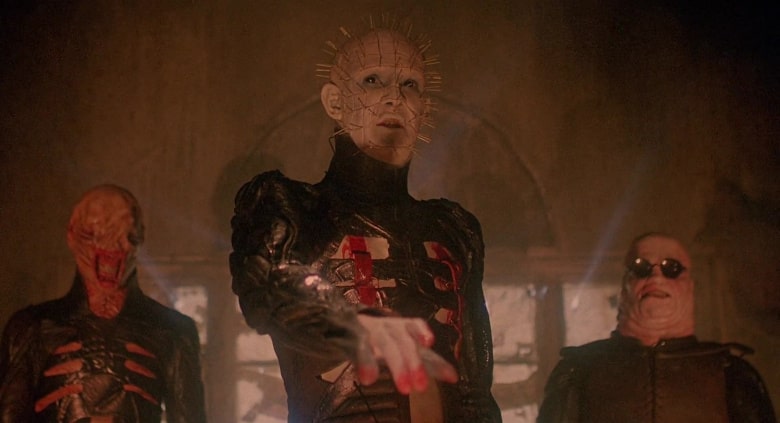Low angle shots are a cinematographic technique where the camera is positioned below the subject, looking up at them. This technique can create a sense of power or dominance. They can also be used to emphasize the setting or environment, as the camera captures more of the ceiling or sky than in a typical shot. They also in general provide opportunities for filmmakers to frame the shot in unique and interesting ways.
This effect can be seen in a variety of genres, from action films to dramas. But they are particularly interesting in reference to low angle shots in horror movies. Low angle shots in horror movies are often used to create a feeling of powerlessness and vulnerability in the viewer. By positioning the camera low to the ground and looking up at the subject, these shots make the subject appear larger and more dominant, while the viewer appears smaller and weaker. But there are varied intentions and uses that create slightly different effects each time low angle shots are used.
“Shooting at a low angle,” according to a post on the Picture Perfect blog, “ensures that the subject appears larger than life. Historical, religious, or spiritual figures, for example, are an excellent example. Size and scale is also best emphasized when you shoot at a low angle and particularly when you have people in the frame as a point of reference.”
In addition to creating a sense of power or vulnerability, low angles can also be used to show scale and size. Low angle shots can be used to show the scale and size of objects or landscapes, creating a sense of awe or majesty. “In cities or landscapes, the very low camera angle can create feelings of awe, wonder, excitement, or being overwhelmed by the grandeur of one’s surroundings,” according to Photographic Psychology.
Low angle shots can also be used to add visual interest to a scene. “Geometric shapes like triangles, circles, or squares,” writes Ci-Lovers, “can create harmony, structure, and visual interest in your video composition.” And low angle shots is one tool that can be used to create those shapes, engaging symmetry, and other aspects that make the shot visually interesting. Look at the screenshots in the below horror examples and find all the interesting geometry going on with each low angle shot.
Filmmakers, cinematographers, and sound engineers confront a myriad of technical and artistic challenges when trying to perfect their craft of making movies. These include aspects of pre-production such as storyboarding, scriptwriting, casting, location scouting, set design, and budgeting. In production, they deal with different angles in order to create the right composition (hence our discussion of high and low angle shots) concepts of focus pulling such as split diopter shots and rack focus, components of movie lighting, camera movement, sound recording, and directing actors. Post-production involves editing, color grading, sound design, visual effects, and music composition. Additionally, they must understand various film formats, aspect ratios, lenses, audio equipment, and digital software tools, as well as just the management of the days, time scheduling, and how long it takes to make a movie. Furthermore, they need to possess a deep understanding of storytelling, character development, pacing, genre conventions, and audience expectations. All of these elements come together to create a cohesive and engaging cinematic experience for the viewer.
Tips for Implementing
- Plan your shots in advance: Before you start filming, take the time to plan out your low angle shots and decide on the best angles and camera positions to achieve the desired effect.
- Use a sturdy tripod: When filming, it’s important to use a sturdy tripod to ensure stability and prevent camera shake.
- Use a wide-angle lens: Wide-angle lenses can help to exaggerate the perspective of low angle shots, making objects appear larger and more imposing.
- Experiment with camera placement: Try positioning the camera at different angles and heights to find the best position for the shot. This can help to create more dynamic and interesting compositions.
- Pay attention to lighting: Be mindful of the lighting and how it affects the mood and atmosphere of the scene. Shadows and contrast can be used to create a sense of tension and drama.
- Consider camera movement: Low angle shots can be made more dynamic by incorporating camera movement, such as tilting or panning. However, be careful not to overdo it and create a dizzying or disorienting effect.
- Use low angle shots sparingly: While these shots can be effective in creating certain moods and atmospheres, they should be used sparingly to avoid overuse and monotony. Overuse of low angle shots can also lessen their impact and become distracting to the viewer.
Low Angle Shots in Horror
Here are some examples of low angle shots in horror movies and what they represent.
In The Silence of the Lambs (1991), the director Jonathan Demme uses low angle shots to convey a sense of power and dominance. One example of this is when the character of Hannibal Lecter (played by Anthony Hopkins) is savagely beating a guard.
Malignant (2021), directed by James Wan, features several notable low angles throughout the film. In one scene, the camera is positioned low to the ground, looking up at the character of Madison as she walks through her house at night. Later in the film, low angle shots are used to emphasize the supernatural elements of the story. As Madison’s connection to the mysterious entity known as “Gabriel” is revealed, the camera is positioned low to the ground, looking up at the character as she confronts her attacker. This creates a sense of powerlessness, as Madison is faced with a seemingly invincible opponent.
In the movie Se7en, the use of a low camera angle at the end of the movie serves to emphasize the position of John Doe. We are seeing the world through his eyes as he is being killed. And his grand opus is being realized. It also happens to create a barrier between the two investigators, using the power lines as a shape that separates them at that moment.
Creep is a found footage horror movie directed by Patrick Brice and starring Mark Duplass. The film’s cinematography is intentionally rough and unpolished, as it’s presented as footage shot by the main character, a videographer hired by a man who claims to be dying of cancer. The use of handheld cameras and natural lighting creates a sense of realism and immediacy, drawing the viewer into the story and making them feel like they’re witnessing events unfold in real-time. It’s use of low angles adds to the realism, since it is truly meant to be someone holding a camera and so looking up at a person adds to both the immersion and the dread. Notice also the use of horror movie lighting such as a silhouette that really sinks in the ominous tone.
The cinematography of the original Hellraiser is a key element in establishing its dark and unsettling tone. The film features a lot of low-angle shots that help to emphasize the towering presence of the Cenobites, while also giving a sense of unease and disorientation to the viewer. The use of color is also noteworthy, with a muted and dark color palette dominated by shades of blue, green, and black with the inevitable blood red that seeps in.
Last Updated on August 4, 2024.

